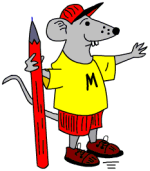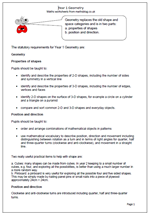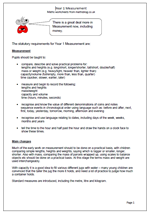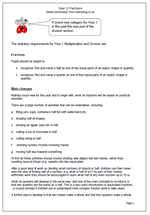 There are some tough challenges in the new Year 2 Programme of Study. Let’s begin by looking at ‘Number and place value’.
There are some tough challenges in the new Year 2 Programme of Study. Let’s begin by looking at ‘Number and place value’.
The statutory requirements for Year 2 Number and Place Value are:
Number and place value
Pupils should be taught to:
• count in steps of 2, 3, and 5 from 0, and in tens from any number, forward or backward
• recognise the place value of each digit in a two-digit number (tens, ones)
• identify, represent and estimate numbers using different representations, including the number line
• compare and order numbers from 0 up to 100; use <, > and = signs
• read and write numbers to at least 100 in numerals and in words
• use place value and number facts to solve problems.
Main changes
Most of this looks very similar to the old curriculum. The main difference is the introduction of the < and > signs. Remembering which is which could prove very tricky.
Writing numbers to at least 100 in words is a real challenge which quite a few children will not be able to manage by the end of the year.
A key idea in this category is partitioning numbers in different ways. For example:
24 can be split up or partitioned into 20 + 4 or 10 + 14.
This is important to understand as it helps with written addition and subtraction in later years. Also it is important to begin to understand zero as a place holder; i.e. the 1 in 100 has a value ten times the 1 in 10, with the zeros being used as place holders.
Counting in multiples of 3 is a new target, introduced to help later with understanding the concept of a third.
Also note that this new programme will not become a statutory requirement until 2015.


